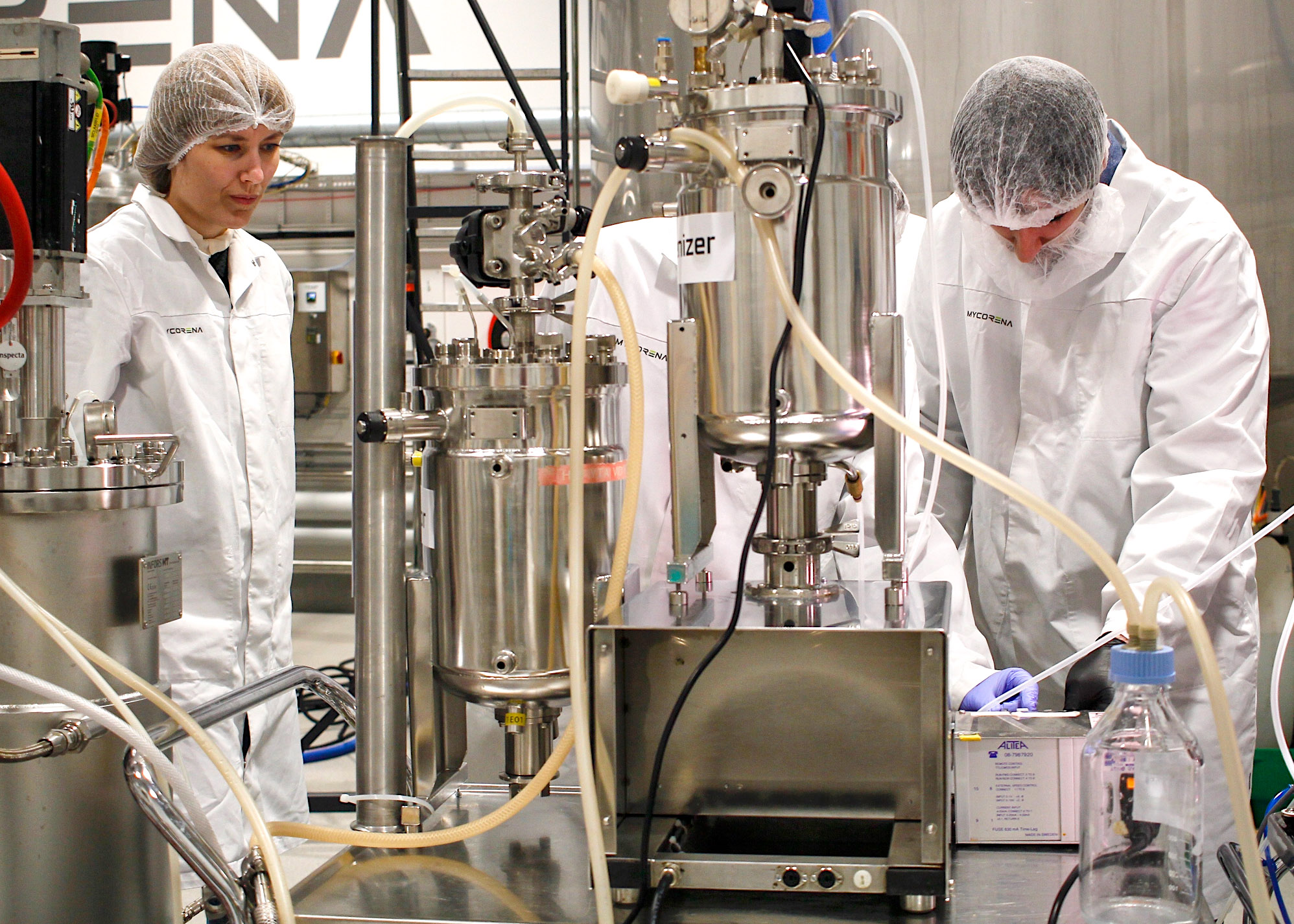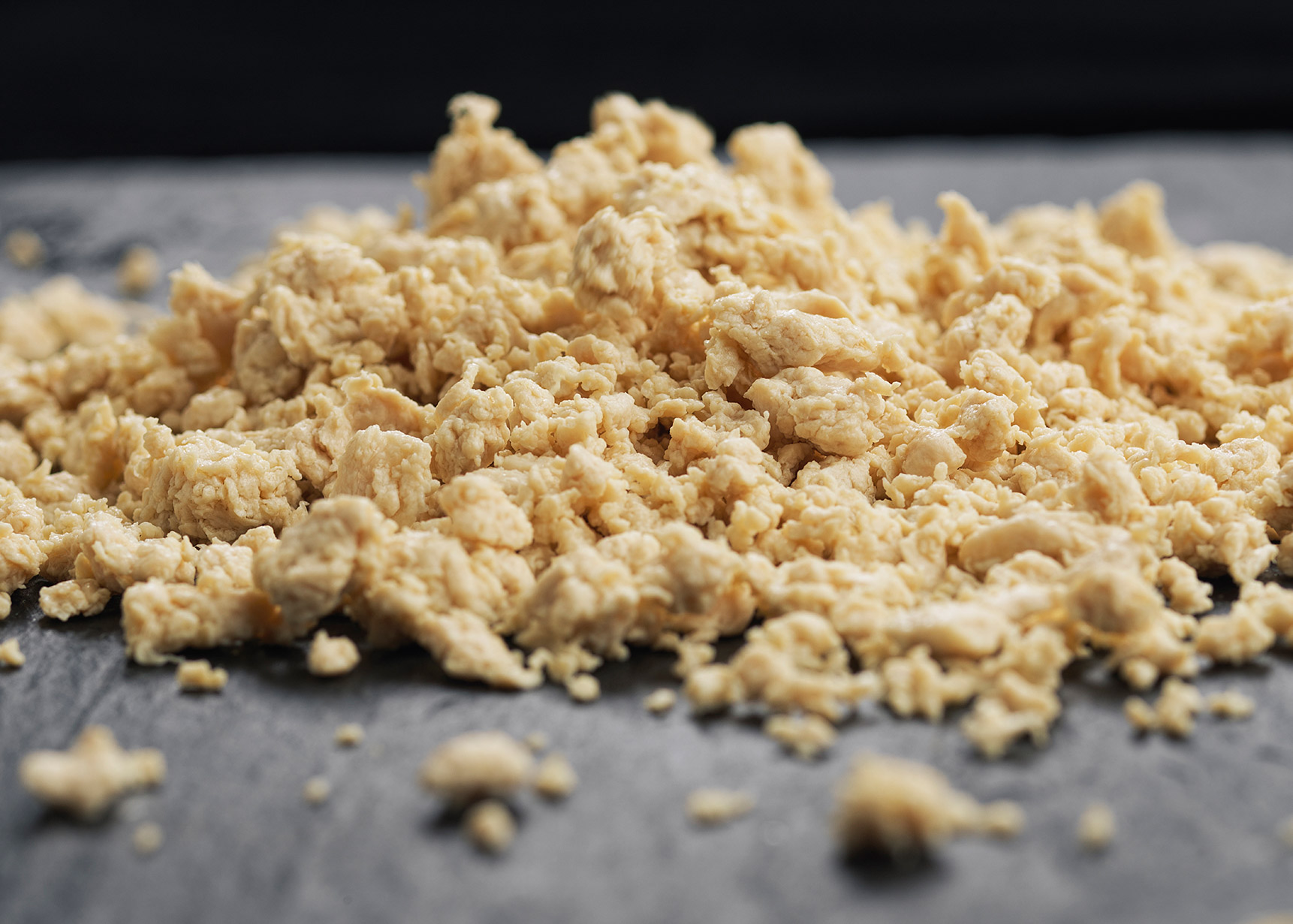The future of space food could be as simple—and weird—as a protein shake made with astronaut breath or a burger made from fungus.
For decades, astronauts have relied mostly on pre-packaged food, or the occasional grown lettuce, during their forays off our planet. With missions beyond Earth orbit in sight, a NASA-led competition is hoping to change all that and usher in a new era of sustainable space food.
“Currently the pre-packaged food that we use on the International Space Station has a shelf life of a year and a half,” says Ralph Fritsche, senior project manager for space crop production at NASA’s Kennedy Space Center in Florida. “We don’t have a food system at this point in time that can really handle a mission to Mars,” he says. Longer-duration missions to the moon would present a similar problem.
And while it may be some time before humans ever reach Mars, the moon is very much on the agenda. Next year, NASA plans to send four astronauts flying around the moon as part of its Artemis program, in the first crewed moon mission since Apollo 17 in 1972. The goal is to get humans back on the surface later this decade, at first for days at a time but eventually for weeks, months, or even longer.
To solve the problem of feeding astronauts on long-duration missions, NASA started the Deep Space Food Challenge in January 2021, asking companies to propose novel ways to develop sustainable foods for future missions. About 200 companies entered—a field that was whittled down to 11 teams in January 2023 as part of phase 2, with eight US teams each given $20,000 in funding and three additional international teams also recognized. On May 19, NASA is set to announce the teams that will progress into the final phase of the contest, with a handful of winners to be announced in April 2024 following more detailed tests of their proposals.
“Phase 2 was kind of a kitchen-level demonstration,” says Angela Herblet at NASA’s Marshall Space Flight Center in Alabama, the project manager for the challenge. “Phase 3 is going to challenge the teams to scale their technologies.”
Entrants had to show systems that could operate for three years and feed a crew of four on a prospective space mission. The proposals did not need to supply a crew’s entire diet, but they did need to create a variety of nutritious foods for the astronauts. Earlier this year, judges then visited each company to “see the food and really analyze it,” says Herblet.
One company took a particularly unusual approach to the task. Air Company, based in New York and one of the eight US-based finalists, designed a system that could use the carbon dioxide expelled by astronauts in space to produce alcohol, which could then be used to grow edible food. The company already develops alcohols from CO2 for plane fuel and perfume.
“It’s making food out of air,” says Stafford Sheehan, cofounder and chief technology officer of Air Company. “It sounds like magic, but when you see it actually operating, it’s much more simple. We’re taking CO2, combining it with water and electricity, and making proteins.”
Air Company, founded by Stafford Sheehan and Gregory Constantine, is exploring transforming carbon dioxide into fuel for yeast.
The process produces alcohol that can then be fed to yeast, producing “something that’s edible,” says Sheehan. For the competition they created essentially a protein shake, described as being similar to one made from seitan, a vegan meat substitute. “It actually tastes pretty good,” says Sheehan. For astronauts in space, the system would ferment continuously to supply food. “Whenever you feel like you want a space protein shake, you make one from this yeast that’s growing,” says Sheehan.
Interstellar Lab in Florida, another of the US-based phase 2 finalists, had a different approach. Its system, called NUCLEUS, is a modular set of small toaster-size capsules. Each is self-contained, with its own humidity, temperature, and watering system. That would allow different vegetables—or even insects such as black soldier flies, often cited as a promising protein source—to be cultivated so that astronauts can easily grow their own food in space.
“We’re bringing a little bit of the Earth ecosystem into space,” says Barbara Belvisi, the company’s founder and CEO. “You can grow mushrooms, insects, and microgreens at the same time.”
Interstellar Lab’s stackable NUCLEUS capsules are designed to be tended by astronauts and monitored by software.
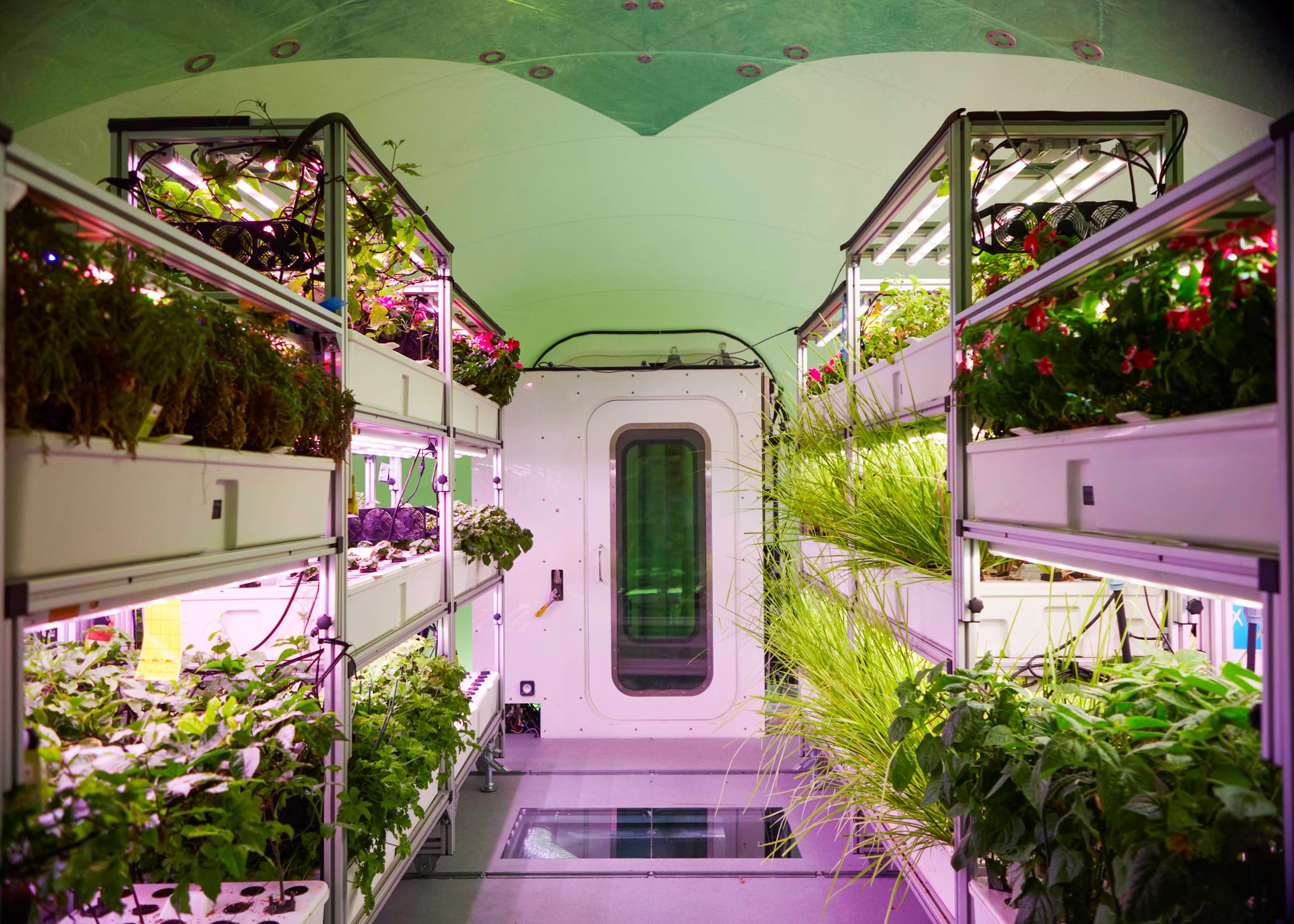
Interstellar Lab’s BioPod is designed to require no outside water source.
INTERSTELLAR LAB
Astronauts would need to spend three to four hours per week seeding, pruning, and cultivating the crops, but for the most part it would be AI-controlled. “NASA didn’t want to get rid of full human intervention,” says Belvisi. “It was still needed to give some occupation to the astronauts.” The company has also designed larger inflatable self-contained environments, called BioPods, that it hopes could one day be used on the moon or Mars.
One of the three international finalists is Mycorena, based in Sweden. Its system, AFCiS, produces a type of protein called mycoprotein from the fermentation of fungus to replace animal- or plant-based sources. “It has a very high protein content, up to 60%,” says Kristina Karlsson, the company’s head of research and development. It is also rich in fiber, vitamins, and nutrients, while low in fats and sugars.
Mycorena’s AFCiS system (left) produces a nutrient-rich mycoprotein that could also be formed into 3D printed shapes.
By itself, the mycoprotein doesn’t taste of much, Karlsson says: “It’s very neutral, like umami or yeasty bread.” But further processing, including combining it with flavorings or spices, could yield a wide range of foods, such as burgers or nuggets. A module attached to the system 3D-prints the fungus into the desired food style. “You can pick from a screen and eat a chicken filet,” says Karlsson.
While the winning ideas from the Deep Space Food Challenge won’t immediately be incorporated into future planned landings on the moon’s surface, they will show what might be possible on future missions. “You’ve got to start years in advance to make sure you have the capability in place when you need it,” says Fritsche. Those capabilities look promising—just don’t forget that side of soldier flies with your 3D-printed space fungus.






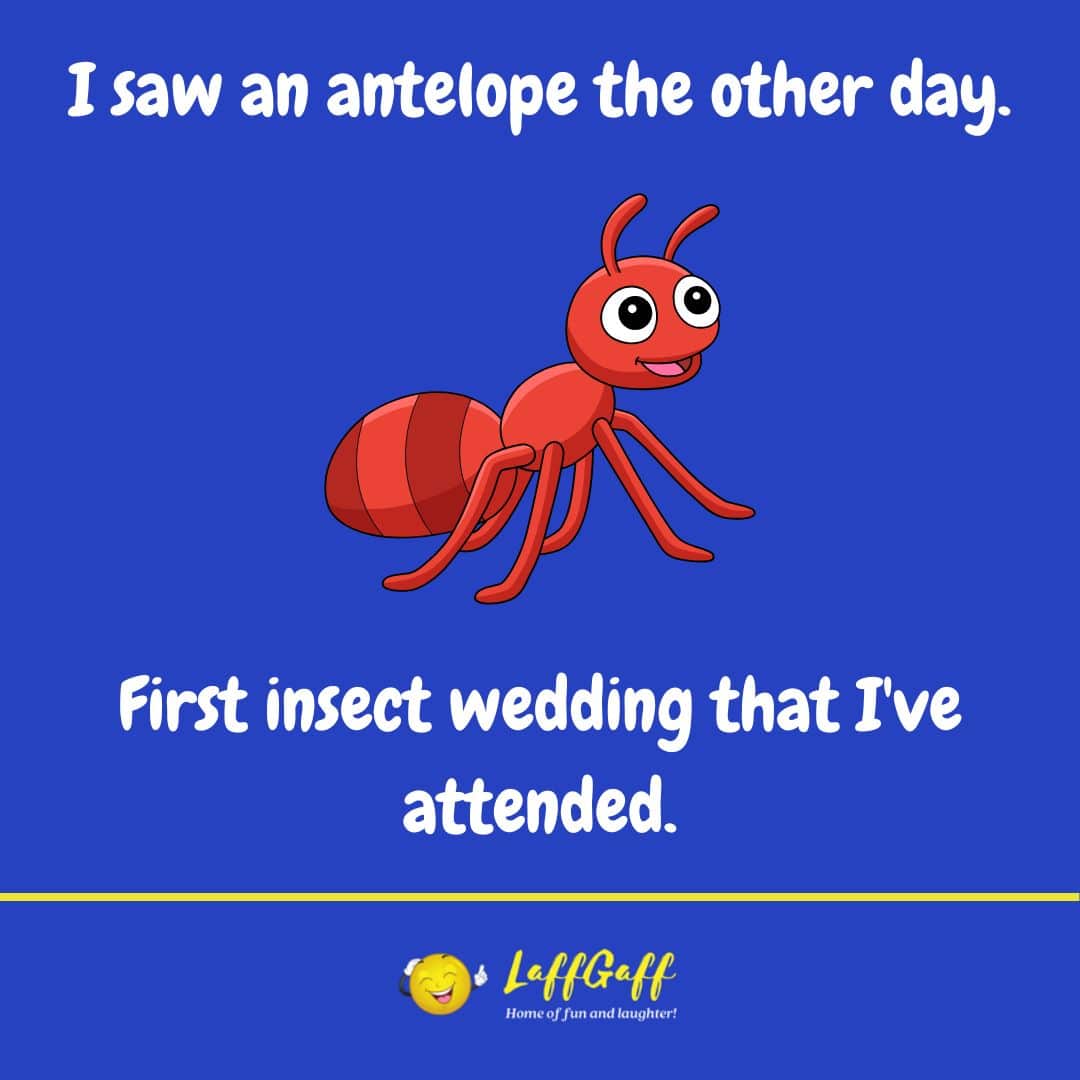



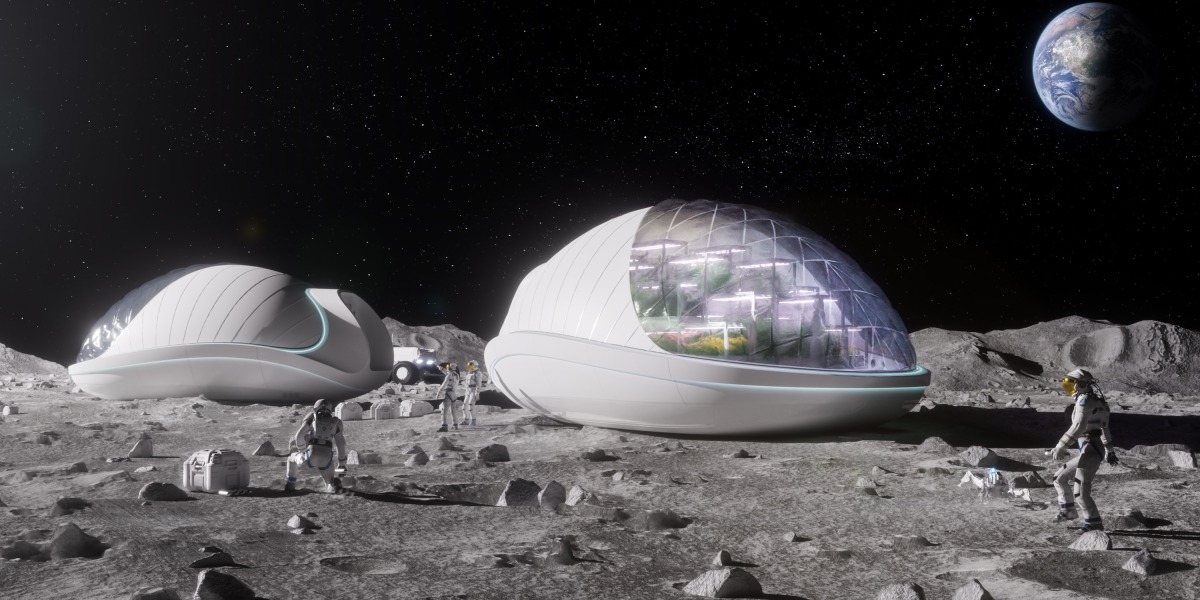
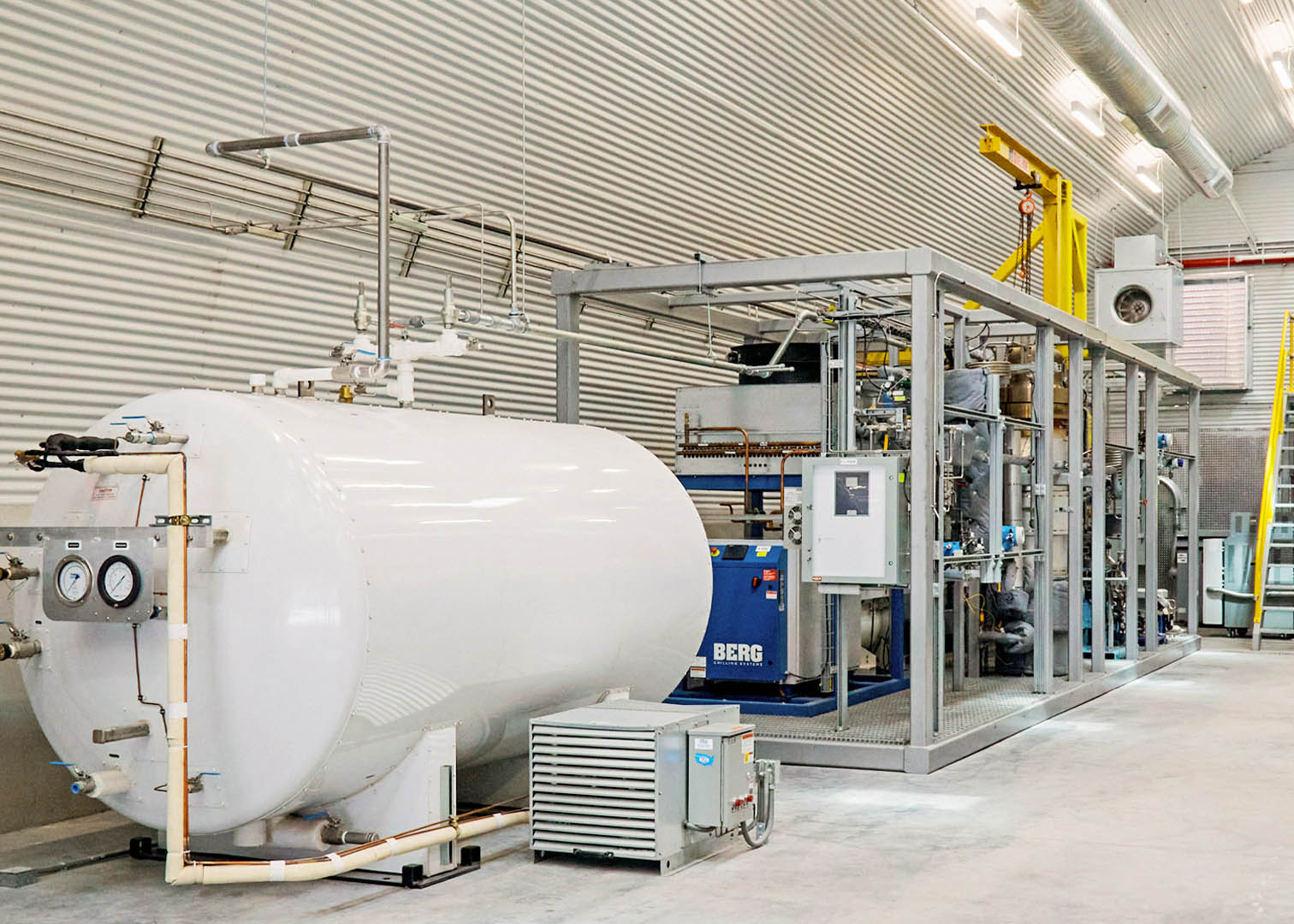
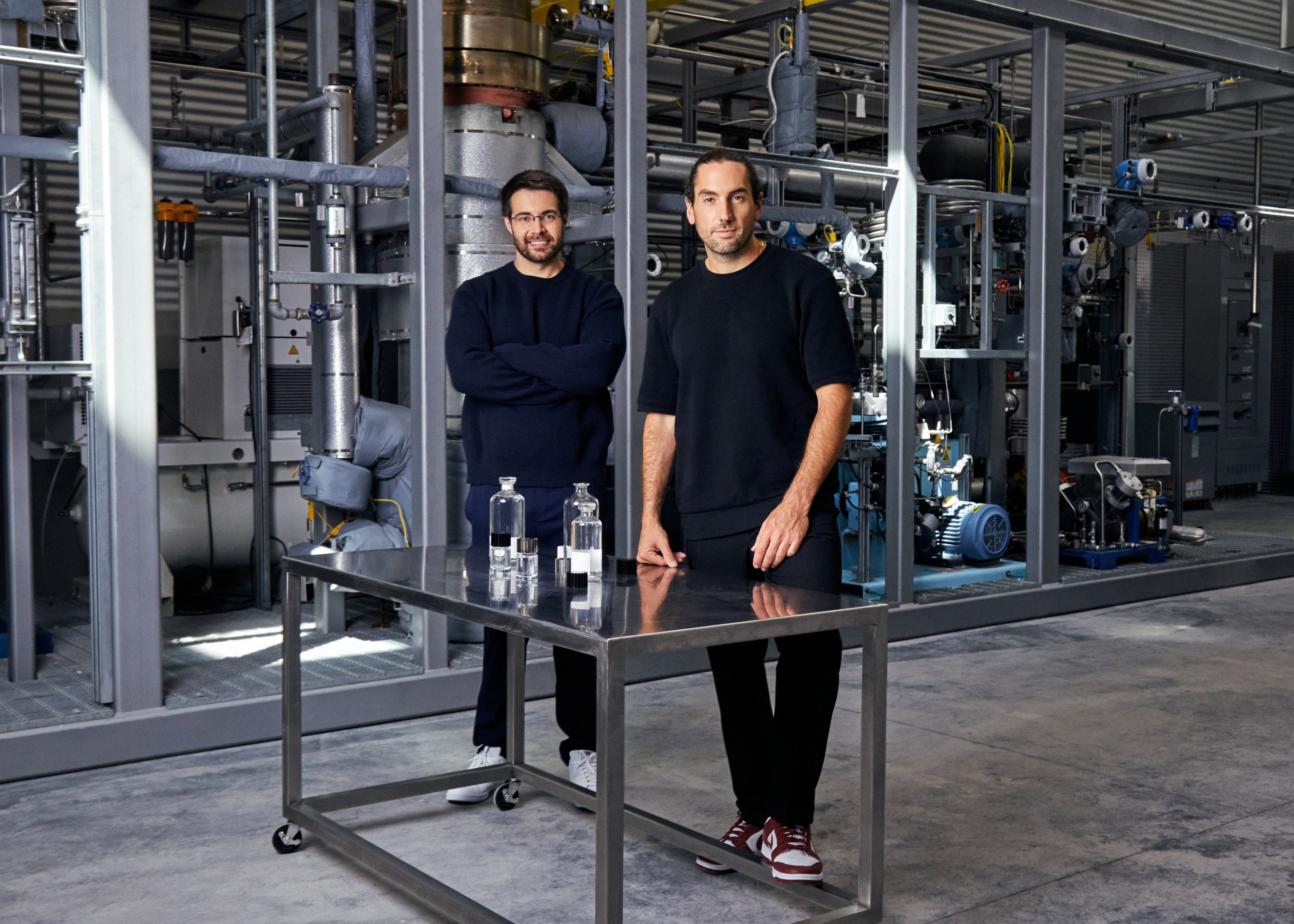
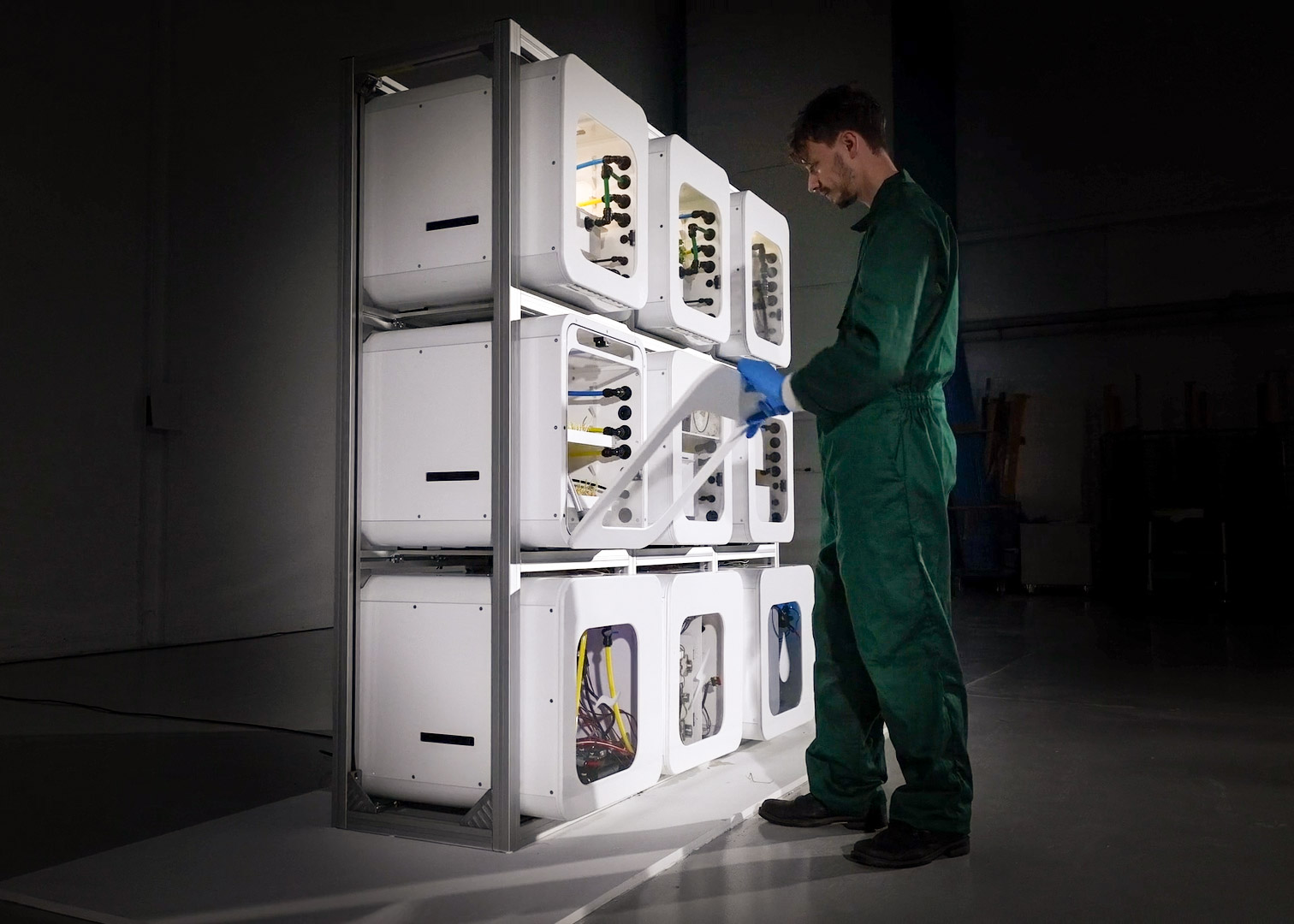
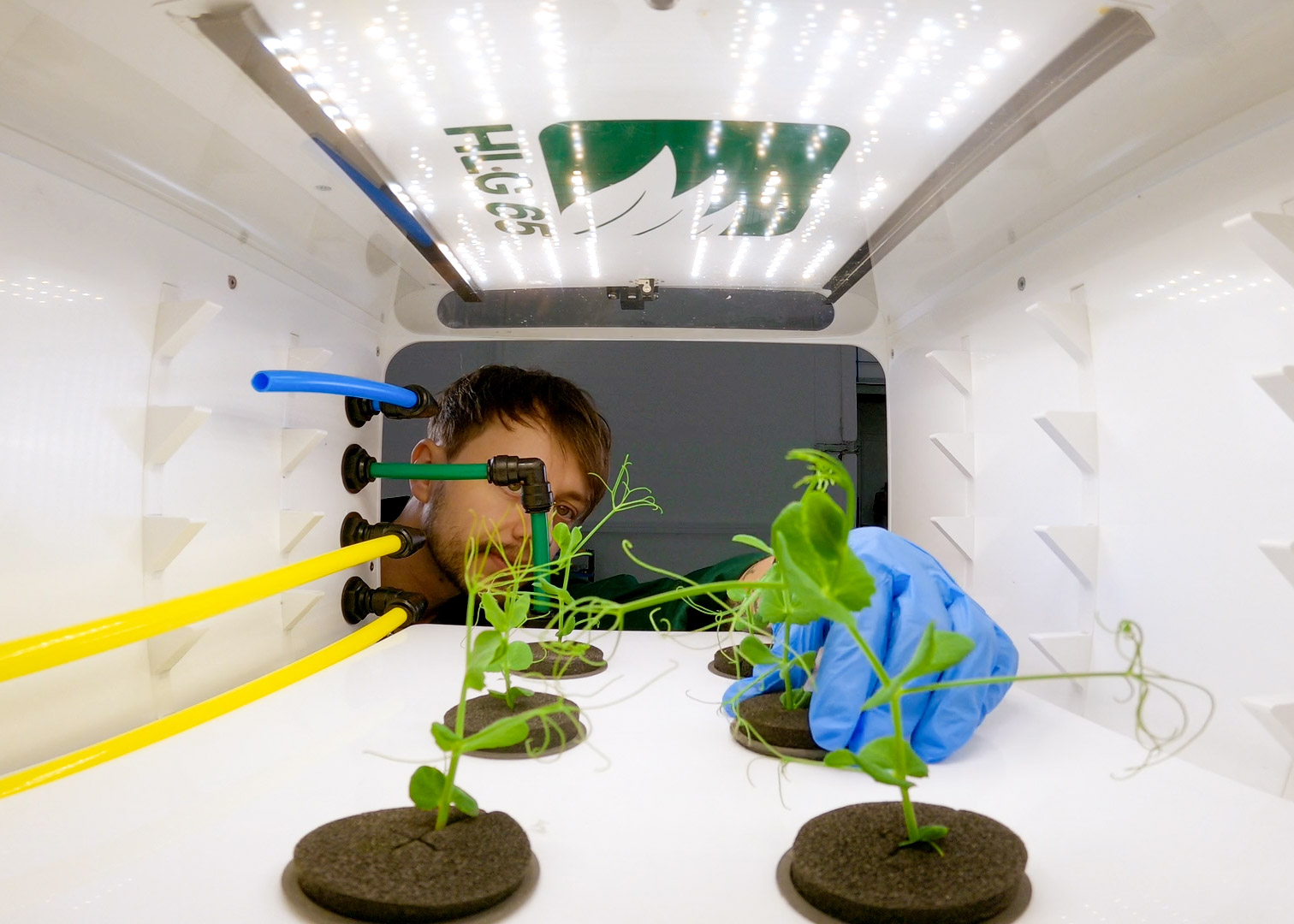
 Interstellar Lab’s BioPod is designed to require no outside water source.
Interstellar Lab’s BioPod is designed to require no outside water source.
